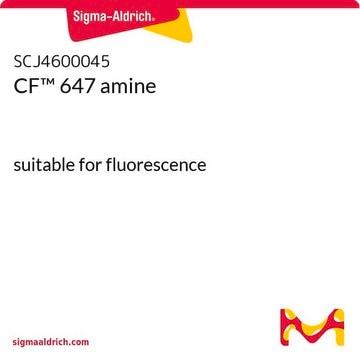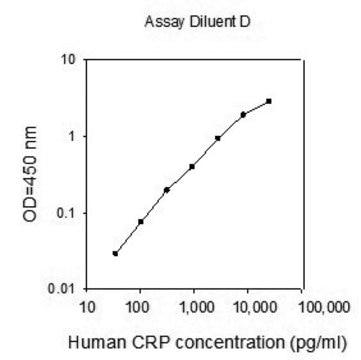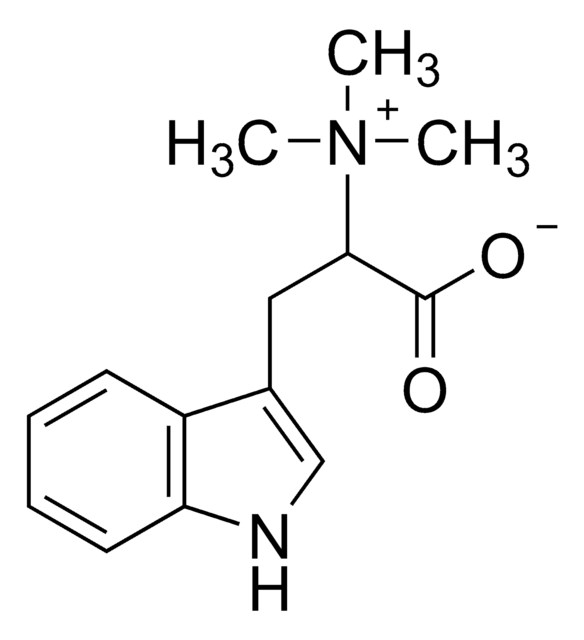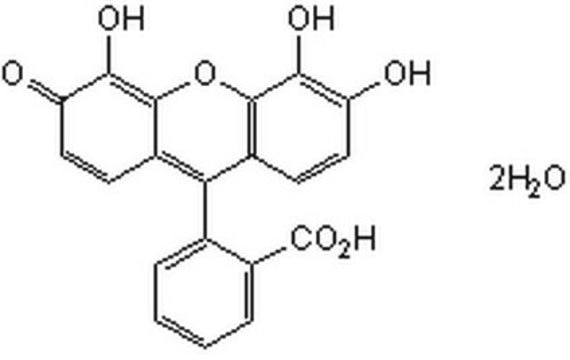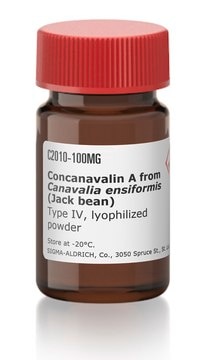529625
Polyphosphoinositide-Binding Peptide, PBP10
A Rhodamine-B-labeled decapeptide derived from the (PIP₂)-binding region in segment-2 of gelsolin.
Synonym(s):
Polyphosphoinositide-Binding Peptide, PBP10, RhoB-GS 160-169, Rhodamine B-QRLFQVKGRR-OH, RhoB-GS160-169, Rhodamine B-QRLFQVKGRR-OH
About This Item
Recommended Products
Quality Level
assay
≥95% (HPLC)
form
lyophilized solid
manufacturer/tradename
Calbiochem®
storage condition
OK to freeze
desiccated (hygroscopic)
protect from light
color
pink-red
solubility
DMSO: 2 mg/mL
fluorescence
λex 565 nm
λem 590 nm
shipped in
ambient
storage temp.
−20°C
General description
Biochem/physiol Actions
Specifically binds to polyphosphoinositide (PPI)
Packaging
Warning
Sequence
Physical form
Reconstitution
Other Notes
Cunningham, C.C., et al. 2001. J. Biol. Chem.276, 43390.
Legal Information
wgk_germany
WGK 1
flash_point_f
Not applicable
flash_point_c
Not applicable
Certificates of Analysis (COA)
Search for Certificates of Analysis (COA) by entering the products Lot/Batch Number. Lot and Batch Numbers can be found on a product’s label following the words ‘Lot’ or ‘Batch’.
Already Own This Product?
Find documentation for the products that you have recently purchased in the Document Library.
Our team of scientists has experience in all areas of research including Life Science, Material Science, Chemical Synthesis, Chromatography, Analytical and many others.
Contact Technical Service


